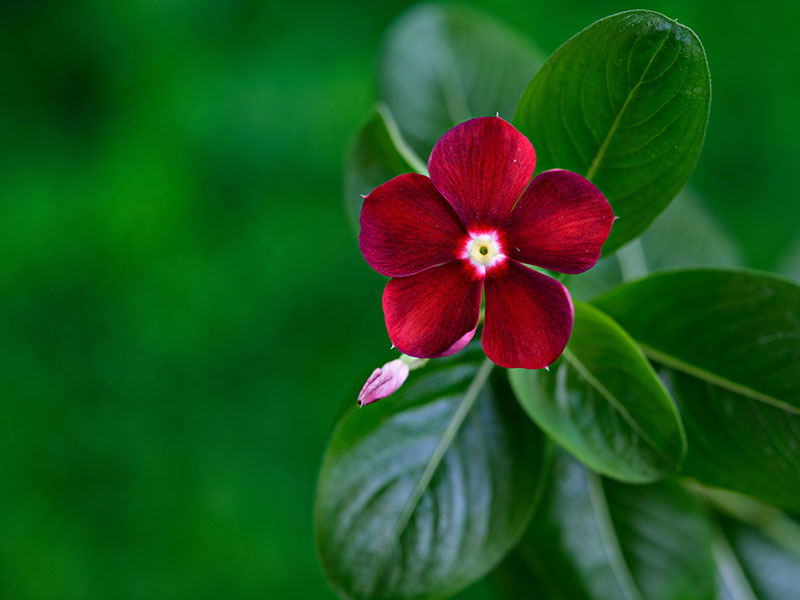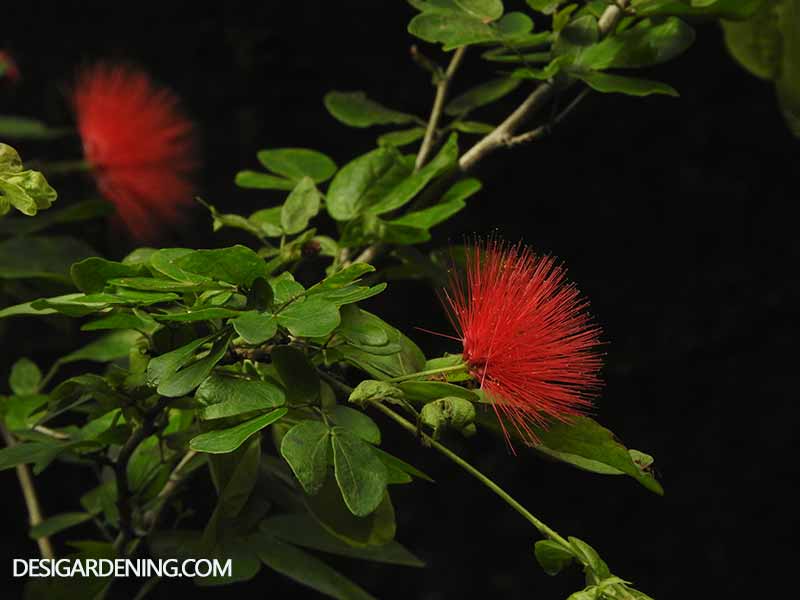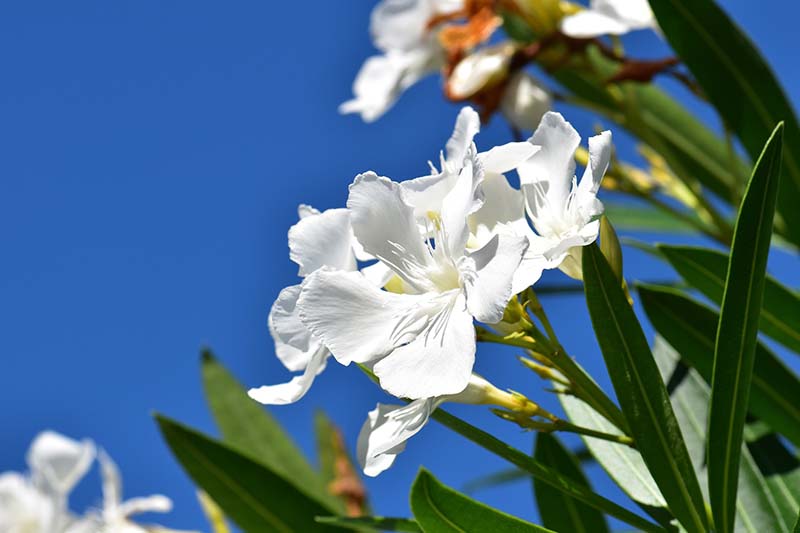Namaskar Desi Gardeners! As gardeners, we all try to find easy to care plants that will give flowers all year. Is it possible?
Well, there are some plants that will give flowers all year but honestly no plant will bloom for 365 days without a rest. They need some rest too. Some plants have a short one whereas others have a longer dormancy period.
This is a growing list which I update regularly, so keep an eye out for more!
The good news is that there are some plants that will give flowers all year with a few days of rest in between. In case you want more colour in the garden, try a combination of show plants with regular bloomers. Keep reading.
Plants will give flowers all year
Sadabahar / Nayantara / Periwinkle
Periwinkle widely known as Sadabahar in India, thrives in warm climate. It needs well-drained soil and ample sunlight. In India, it’s cherished for its vibrant blooms and is used for pooja. It is also used I ayurveda as well as allopathy for its medicinal properties. To care for periwinkle, ensure regular watering, especially during dry spells, but avoid waterlogging as it will kill the plant.

It requires little care and is a plant that will give flowers all year. It will only reduce flowering for some time when it is too cold or foggy. Apply a balanced fertilizer every two weeks during the growing season to encourage healthy growth and prolific flowering. You can prune to help maintain shape and encourage new growth which also means more blooms. It needs to be protected from pests like aphids. With very little care, periwinkle adds a burst of color to Indian gardens and provides positive energy, traditional remedies for ailments, making it a cherished plant nationwide.
Krishnakali / Four o’clock flower/ Marvel of Peru
Four o’clock flowers, popularly known as Krishnakali and Gulabas, can be seen growing profusely even in open fields in India. These plants thrive in the Indian climate with its warm temperatures and ample sunlight. These vibrant blooms come in deep pink, yellow and white and attract lots of butterflies all year. Plant these in well-drained soil and provide regular watering, especially during the summer spells. Fertilize one or twice a month during the growing season with a balanced fertilizer or manure. To promote healthy growth and abundant flowering do light pruning, and removing spent blooms will encourage continuous flowering. Some common pests to affect these plants are aphids and caterpillars. However, with its beauty and resilience, the Four o’clock flower adds charm to Indian gardens and is cherished for its ability to bloom profusely, even in challenging conditions throughout the year.
Calliandra/ Powder Puff
Calliandra, known for its unique fern-like foliage and vibrant red powderpuff flowers, it is one of the prettiest plants to have in your garden that will give flowers all year. An easy to care plant, it thrives in India’s warm climate. To care for this beauty, plant it in well-drained soil, rich soil and provide maximum sunlight. Water regularly and don’t let the soil dry up to keep the blooms fresh. Keep the soil evenly moist but not waterlogged.

Fertilize with a balanced fertilizer every 2 weeks to encourage healthy growth and prolific flowering. Light prune to maintain shape and promotes bushiness. It is a hardy plant but sometimes it needs to be protected from pests like aphids and mealybugs. With proper care, Calliandra adds a touch of tropical charm to Indian gardens and landscapes, captivating everyone all year. A tip – remove seed pods to encourage flowering.
Kaner/ Oleander

Oleander is one of the preferred plants to grow along roads in India. It is a very resilient plant. Also used as an ornamental shrub, it thrives in India’s diverse climates. It prefers well-drained soil and ample sunlight for optimal growth and flowering. It needs to be watered regularly, especially during dry spells. However, it survives underwatering but avoid overwatering to prevent root rot. Fertilize with any balanced fertilizer or manure during the growing season to promote healthy growth and abundant flowers. Prune dead or damaged branches but exercise caution. All parts of this plant are toxic if ingested and keep your pets away. Oleander is also valued for its medicinal properties in Ayurveda. With proper care, Oleander adds a splash of color to Indian gardens for most of the months, showcasing its beauty while requiring minimal maintenance.
Lakshmi Gurhal/ Lokkhi Joba/ Viceroy Deep Pink Hibiscus
Viceroy Deep Pink is a stunning variety of hibiscus. It flourishes in India’s warm climate and thrives in well-drained soil with plenty of sunlight, flowering almost throughout the year. To ensure optimal growth, water deeply but take care that the soil is dry between waterings. Apply a balanced NPK fertilizer every 2 weeks during the growing season to promote lush foliage and abundant deep pink blooms. You can soft prune anytime to shape the plant and remove dead or diseased branches, but the best time to prune is the cold winters when the flowering is lesser. Pests like aphids and whiteflies attack so go through regular inspection and appropriate treatment with neem oil. With proper care, the Viceroy Deep Pink Hibiscus will grace your Indian garden with its striking pink blooms.
View this post on Instagram
Desi Hibiscus varieties
Desi Hibiscus varieties like Sandalwood / Chandan Gurhal/ Joba have been Indian gardener’s beloved for its vibrant blooms and cultural significance, used mainly during pooja. It thrives in India’s warm climate. Desi varieties like well-drained soil which is enriched with organic matter. It loves sunlight. Water regularly, especially during the dry season, but avoid waterlogging. Apply a balanced NPK fertilizer every 2 weeks for lush foliage and abundant flowers. You can prune to remove dead or overgrown branches, but hard prune in monsoon or winters. It must be protected from pests like aphids and whiteflies through regular inspection and neem oil treatment. With its continuous flowering and colours, desi Hibiscus adorns Indian gardens, balconies, and courtyards, embodying the nation’s rich botanical heritage.
View this post on Instagram





























